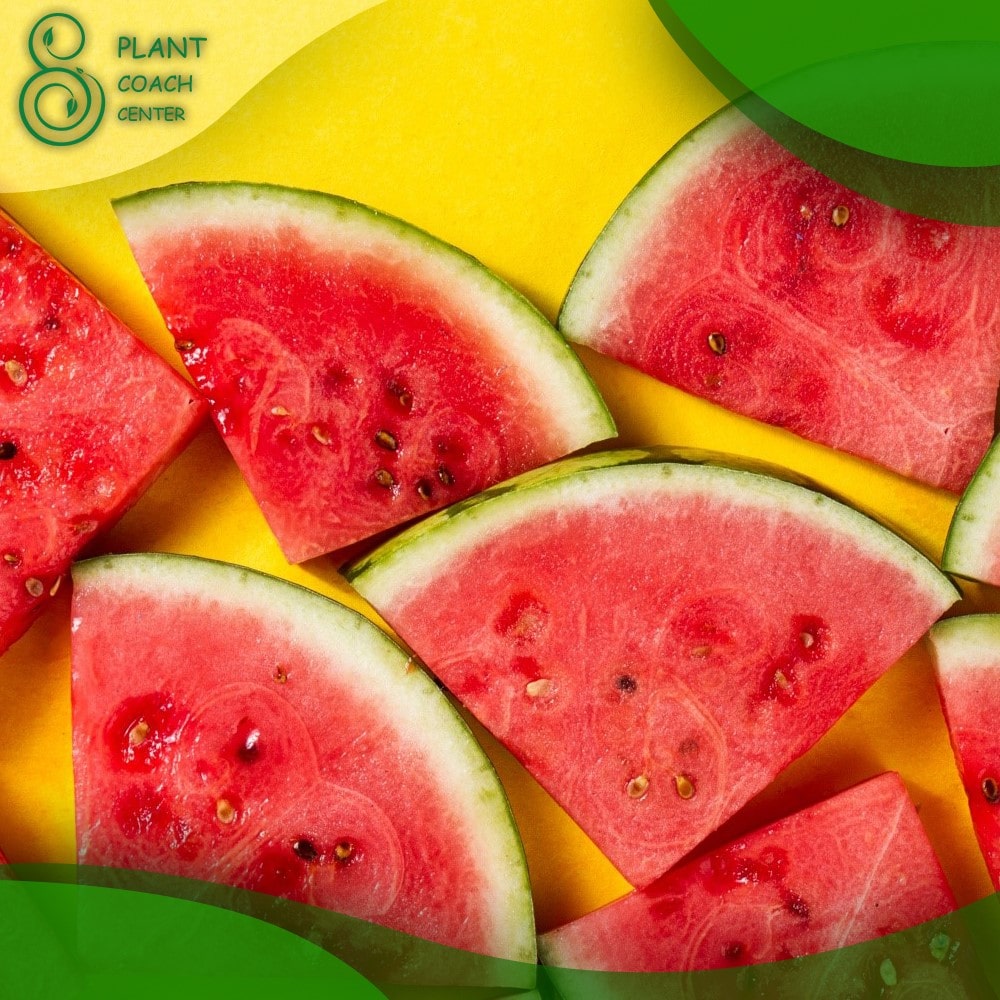When Should You Plant Watermelon Seeds
When it comes to growing your own fruits, nothing beats the satisfaction of biting into a juicy, homegrown watermelon on a hot summer day. But the journey to that perfect bite begins with a crucial decision: when should you plant watermelon seeds? This question, simple as it may seem, is the first step in the lifecycle of your watermelon plant.
Deciding when to plant can significantly impact the health and yield of your crop. This comprehensive guide, brought to you by plantcoachcenter.com, will put you on the right path, covering everything from optimal planting times to troubleshooting common plant problems.
Understanding the Watermelon Growth Cycle
The Life Cycle of a Watermelon Plant
The lifecycle of a watermelon plant begins with seed germination, where the seed breaks open and a young plant emerges. This process takes place over a few days, during which the seed absorbs water and begins to grow its first roots and leaves.
Following germination, the plant enters the vegetative growth phase. During this period, the plant focuses on developing its root system and foliage. The stronger the vegetative growth, the better your chances of a healthy fruit yield.
Next, the flowering phase begins. The plant produces both male and female flowers. Bees and other insects carry pollen from the male flowers to the female flowers, allowing fertilization to occur and the fruit to begin developing.
In the fruit development phase, the fertilized flowers transform into small green fruits that grow larger over time. This stage requires lots of water and sunlight.
The final stage is harvesting when the watermelons are ripe and ready to be picked.
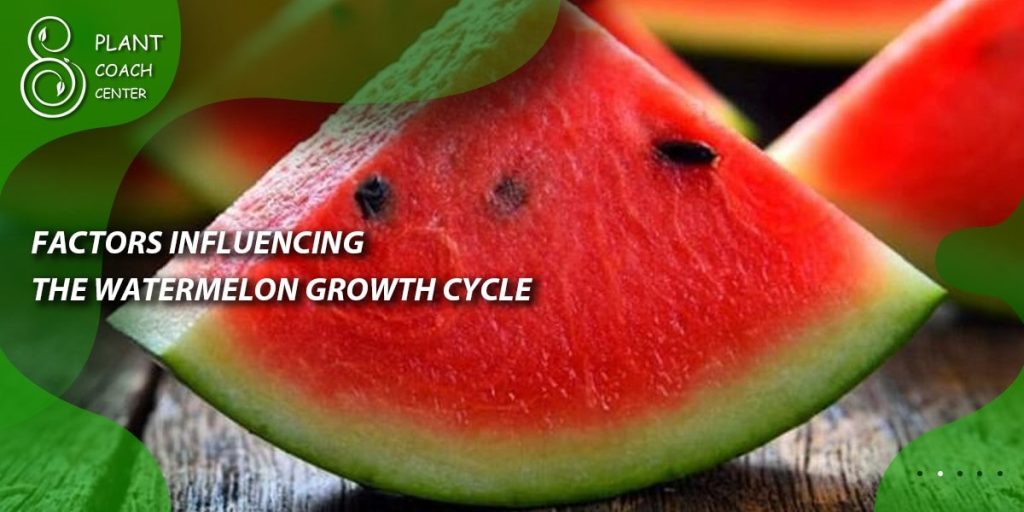
Factors Influencing the Watermelon Growth Cycle
Several factors can influence the watermelon’s growth cycle. The ambient temperature is crucial as watermelons prefer warm conditions. Cooler temperatures can slow growth and even kill young plants.
Daylight duration also affects growth. Longer daylight hours can promote faster growth, as the plant has more time to photosynthesize and produce energy.
Soil conditions, including nutrient content, pH level, and drainage, can significantly impact the plant’s health and productivity.
Optimal Timing for Planting Watermelon Seeds
The Role of Climate and Geography
Climate and geography play a pivotal role in determining the best time to plant watermelon seeds. Understanding your local hardiness zone can help you decide when to start planting.
In tropical and subtropical climates, watermelons can be planted almost year-round, although they may struggle in the peak of summer heat. In temperate climates, planting usually occurs in the spring, once the risk of frost has passed.
Indoor Seed Starting vs. Direct Sowing
There are two primary ways to plant watermelon seeds: starting them indoors or sowing them directly into the garden. Each method has its pros and cons, and the best choice depends on your specific situation.
Starting seeds indoors allows for a head start on the growing season, particularly in areas with a short growing season. It can also help protect young plants from pests and diseases. However, watermelon seedlings can be sensitive to transplanting.
Direct sowing eliminates the need for transplanting, which can be beneficial for sensitive plants like watermelons. But this method requires the outdoor conditions to be suitable for growing, meaning no risk of frost and warm enough soil.
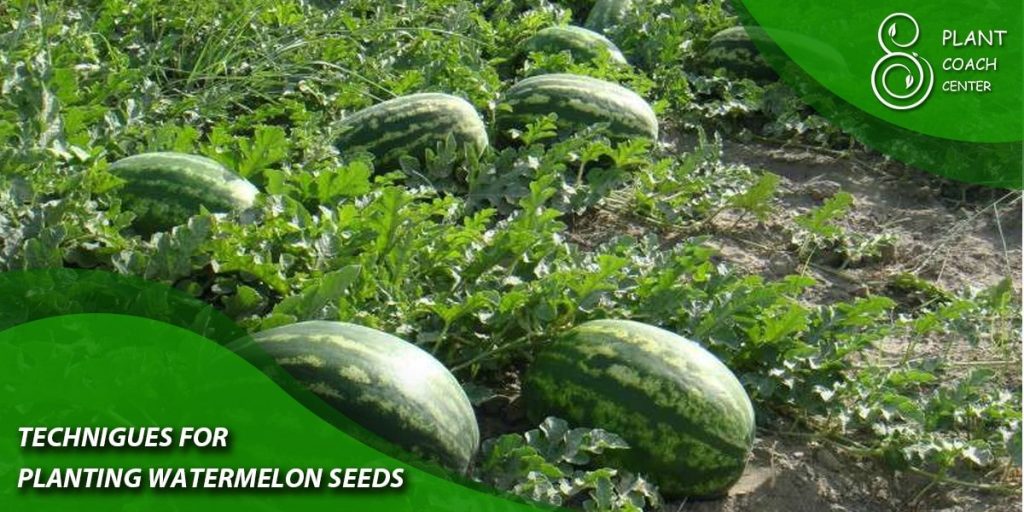
Techniques for Planting Watermelon Seeds
Preparing the Soil
Before planting, it’s essential to prepare the soil properly. Watermelons prefer well-drained, sandy loam soil rich in organic matter. The soil should have a pH between 6.0 and 7.0.
Preparing raised beds or mounds for watermelons can help improve drainage and increase soil temperature, both beneficial for watermelon growth.
Planting the Seeds
When planting watermelon seeds, the proper spacing and planting depth are crucial. Seeds should be planted about 1 inch deep and spaced about 2 to 3 feet apart in rows that are 5 to 6 feet apart.
After planting, water the area thoroughly. Continue to water regularly, but avoid overwatering, as this can lead to waterlogged soil and root problems.
Caring for Seedlings and Young Plants
The care doesn’t stop once the seeds are in the ground. Transplanting indoor-started seedlings should be done with care to avoid damaging the roots.
Regular watering, weeding, and mulching can help your plants thrive. Fertilizing can also promote better growth, but it’s important to use a balanced fertilizer to avoid nutrient imbalances.
Troubleshooting Common Watermelon Plant Problems
Pests and Diseases
Watermelon plants can be affected by several pests and diseases. Aphids and cucumber beetles are common pests that can damage plants and spread diseases. Regular monitoring can help you identify these pests early and take action before they cause significant harm.
Powdery mildew and fusarium wilt are two common diseases that affect watermelon plants. Both can cause significant damage and reduce the yield of your plants.
Preventive measures such as crop rotation, using disease-resistant varieties, and maintaining a clean garden can help keep these problems at bay. If they do occur, there are organic and chemical treatments available.
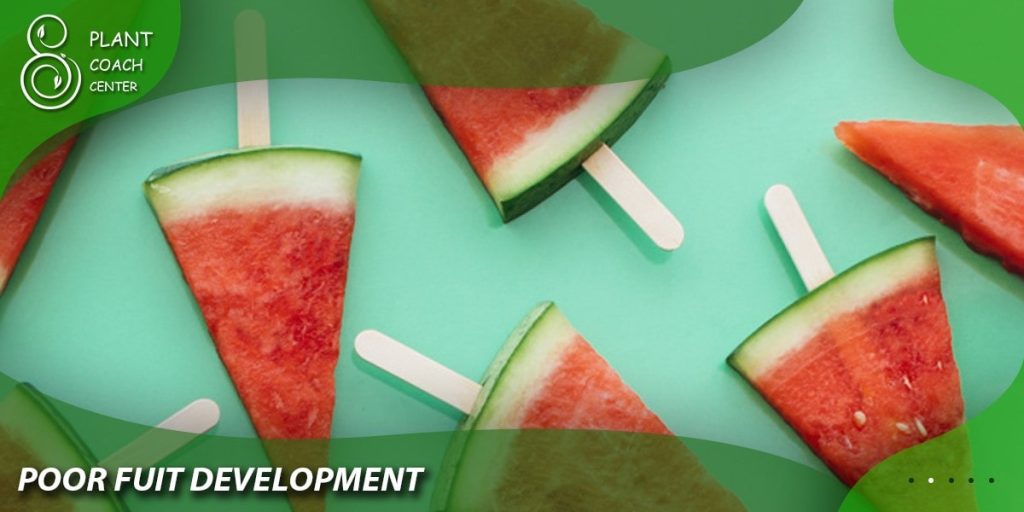
Poor Fruit Development
Poor fruit development can be frustrating for any gardener. This issue can be caused by a variety of factors, including insufficient pollination, inadequate sunlight, nutrient deficiencies, and inconsistent watering.
Ensuring that your plants have plenty of sunlight, sufficient nutrients, consistent water, and access to pollinators can help improve fruit development.
Battle-Tested Melons: Top Disease-Resistant Watermelon Varieties
Bush Sugar Baby: This variety, while yielding smaller fruits, is highly resistant to Anthracnose and Fusarium wilt. Its compact vines make it an excellent choice for smaller gardens.
Charleston Gray: Known for its resistance to Fusarium wilt and Anthracnose, Charleston Gray produces large, elongated fruits with sweet, crisp flesh.
Crimson Sweet: This popular variety is resistant to Anthracnose and Fusarium wilt. It yields large, sweet, and juicy fruits.
Moon and Stars: Named for its unique skin pattern, this heirloom variety is remarkably resistant to common diseases and produces large, sweet fruits.
Sweet Miniature: Bush Sugar Baby Watermelon
The Bush Sugar Baby watermelon is a delightful variety known for its exceptionally sweet, vibrant red flesh. The texture is crisp and juicy, offering a satisfying crunch with every bite. Despite its small size, typically weighing between 6 to 10 pounds, it packs a punch when it comes to flavor.
The rind is thin yet tough, which makes it a perfect candidate for picnics and outdoor events. Its sugar content is high, which contributes to its intense, candy-like sweetness. All these attributes make the Bush Sugar Baby a favorite among gardeners seeking a compact yet flavor-rich watermelon variety.
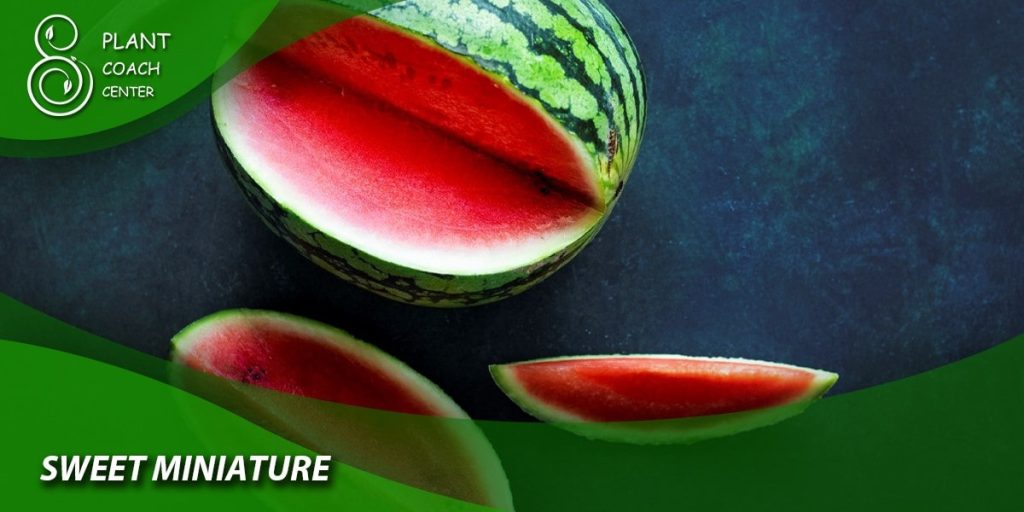
Conclusion
Timing is key for successful watermelon harvest. Understanding when to plant watermelon seeds is a crucial step in achieving a successful harvest. By taking into account factors such as climate, geography, and individual growing conditions, you can optimize your planting timing to ensure a healthy and productive watermelon crop.
When is the best time to plant watermelon seeds?
The best time to plant watermelon seeds depends on your local climate and whether you're starting seeds indoors or directly sowing them into the garden.
Can I start watermelon seeds indoors?
Yes, watermelon seeds can be started indoors about 2 to 4 weeks before the last expected spring frost.
What pests and diseases affect watermelon plants?
Watermelon plants can be affected by several pests and diseases, including aphids, cucumber beetles, powdery mildew, and fusarium wilt.
Why is my watermelon plant not producing fruit?
Poor fruit development can be caused by a variety of factors, including insufficient pollination, inadequate sunlight, nutrient deficiencies, and inconsistent watering.
What type of soil is best for watermelon plants?
Watermelons prefer well-drained, sandy loam soil rich in organic matter. The soil should have a pH between 6.0 and 7.0.
How much space do watermelon plants need?
Watermelon plants need plenty of space to grow. Generally, plants should be spaced about 2 to 3 feet apart in rows that are 5 to 6 feet apart.


